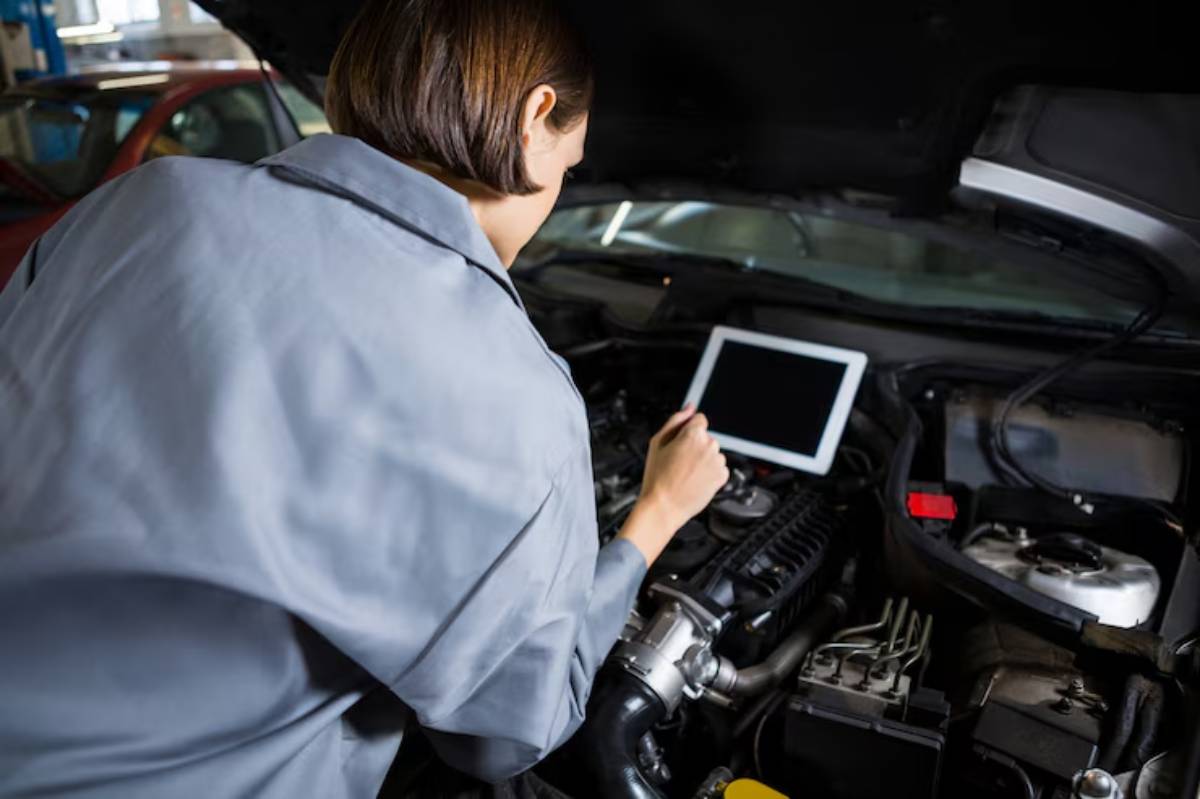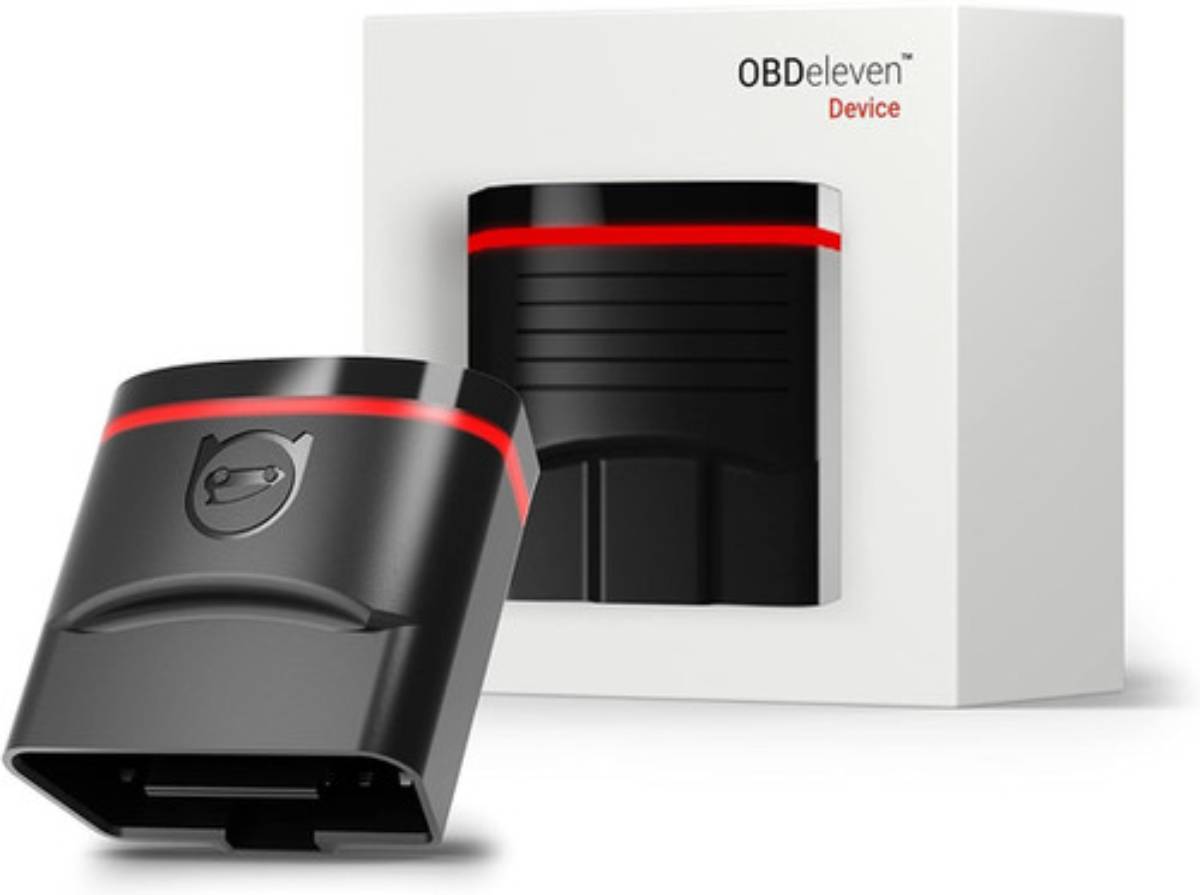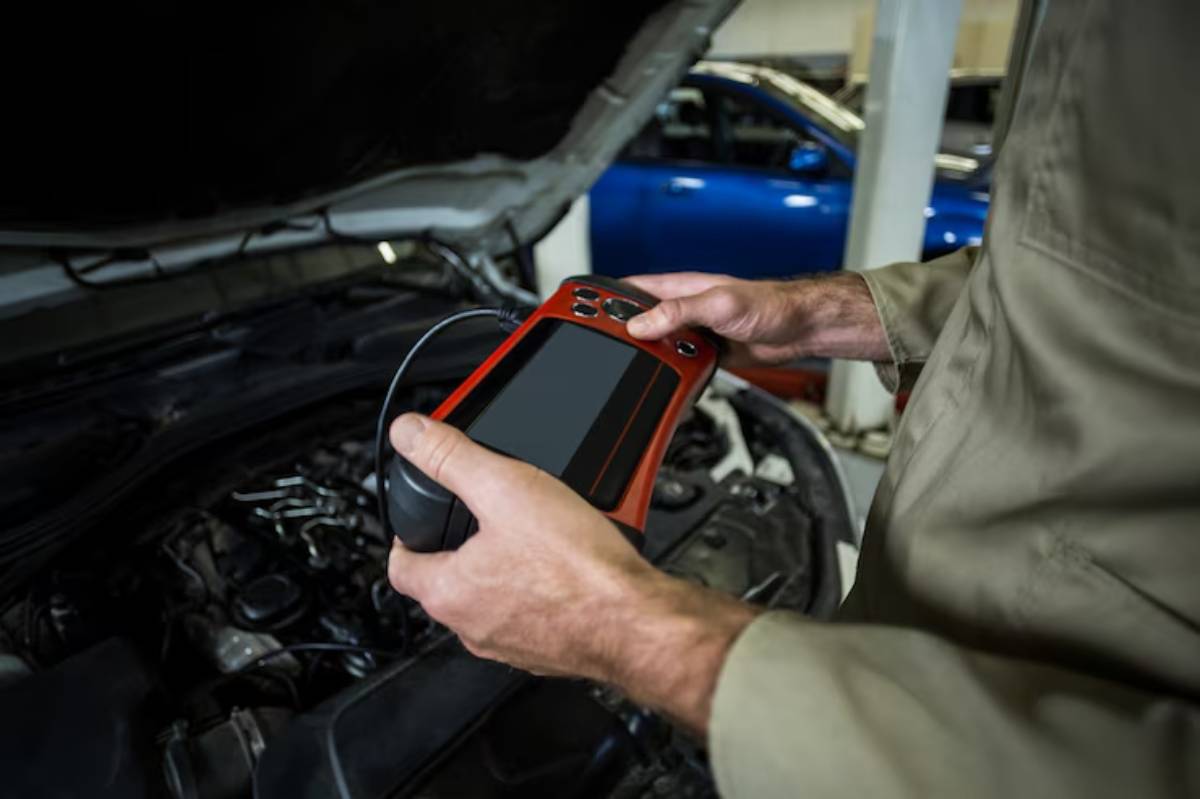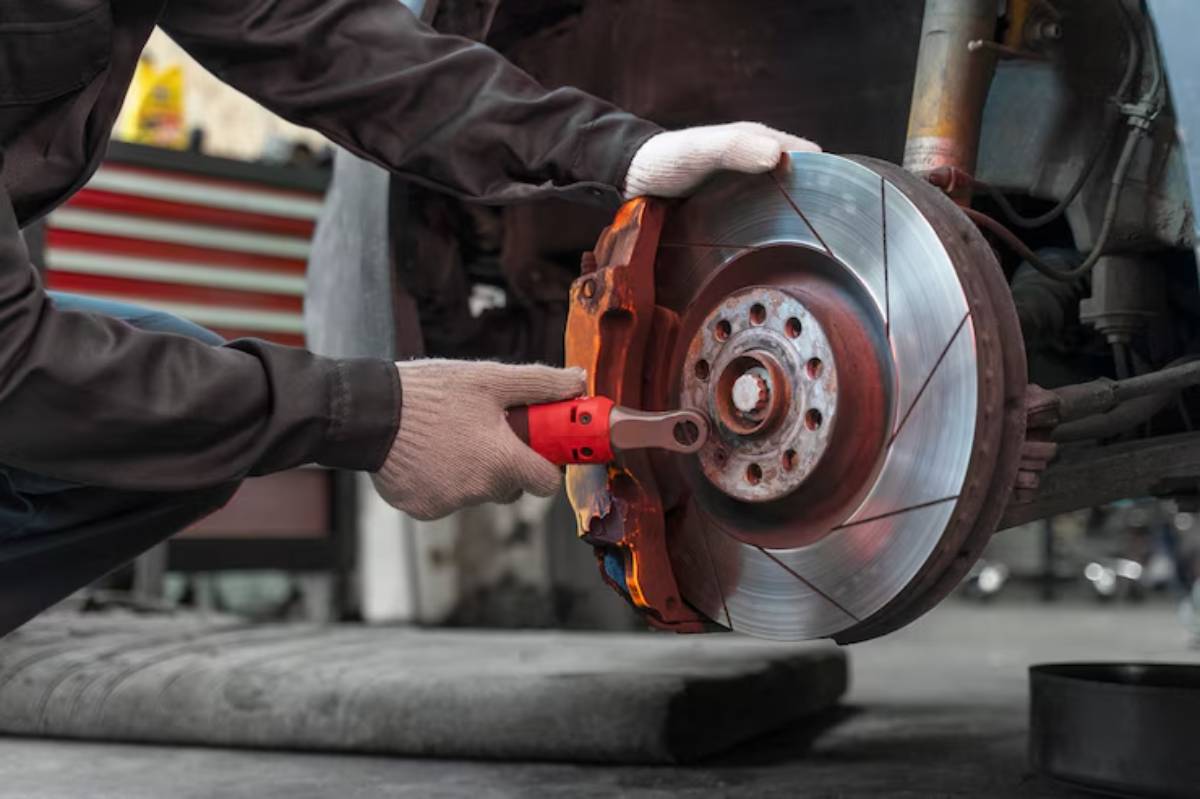
Diagnosing Hybrid Issues with OBD-II Tools
Your hybrid car is a marvel of engineering—quiet, efficient, and loaded with smart tech. But when the check engine light in your hybrid pops on, calm can quickly turn into confusion. Unlike conventional cars, hybrid systems add a second layer of complexity: battery packs, inverters, regenerative braking, and software all interact behind the scenes.
That’s where OBD-II tools for hybrids come in. These clever devices can help you make sense of those blinking lights and hidden error codes before a small issue turns into a costly repair.
In this guide, you’ll learn what makes hybrid diagnostics in 2025 different, how to use an OBD-II tool on your hybrid, and which features to look for when choosing one. Whether you’re a hands-on DIYer or simply want to understand your car better before heading to a mechanic, this is essential reading.
Understanding the Basics: What Is an OBD-II Tool?

A Window Into Your Car’s Brain
OBD stands for On-Board Diagnostics. The OBD-II system, standardised in vehicles since 2001 in the UK, monitors your vehicle’s performance and emissions systems.
An OBD-II tool (or scanner) plugs into your car’s diagnostic port and reads error codes generated by the system. These codes tell you what’s wrong or what might be on the verge of going wrong.
For hybrids, OBD-II tools can do more than just check emissions. They can access:
- Battery health
- Hybrid system fault codes
- Regenerative braking diagnostics
- Inverter and DC-DC converter performance
- Electric motor status
This makes them indispensable in 2025, as hybrid technology becomes more mainstream and intricate.
Why Diagnosing a Hybrid Is Different from a Petrol or Diesel Car
Two Systems, One Dashboard
Hybrids blend an internal combustion engine with an electric motor and battery system. That means when something goes wrong, the issue could stem from:
- Traditional engine systems
- Hybrid-specific electronics
- Interactions between the two
For example, a check engine light in a hybrid might relate to:
- A misfiring cylinder
- A faulty inverter sensor
- Cooling system issues affecting the battery
- Brake blending irregularities
A generic scanner might only catch engine-related codes, missing vital hybrid-specific information. That’s why choosing the right tool is key.
What to Look for in a Hybrid OBD-II Scanner in 2025
As vehicles become more software-driven, OBD-II tools are evolving too. Here’s what to prioritise when shopping for a tool that works with hybrid systems:
1. Hybrid System Support
Make sure the tool can read:
- High-voltage battery data
- Inverter and motor diagnostics
- Regenerative brake system codes
2. Live Data Streaming
Allows you to monitor:
- Battery charge cycles
- Voltage fluctuations
- Engine-EV transitions
Ideal for catching intermittent issues or verifying performance changes after repairs.
3. Enhanced Manufacturer Codes
Standard tools display generic P-codes (like P0301 for misfires). Better tools offer:
- OEM-specific codes (e.g., Toyota, Honda, Hyundai hybrids)
- More detailed fault descriptions
4. Battery Health Check
Not all tools can analyse the health of a hybrid battery pack. Choose one that gives:
- State of charge
- Cell voltage differences
- Charge/discharge cycles
5. App Compatibility
Many modern OBD-II scanners sync with your phone via Bluetooth. Look for:
- User-friendly apps
- Clear dashboards
- Data export options
Top Hybrid OBD-II Tools to Consider in 2025
1. OBDeleven Next-Gen

Best for VAG hybrids (Audi, VW, SEAT)
- OEM-level diagnostics
- App-based interface
- Custom coding and advanced functions
Ideal for tech-savvy hybrid drivers in the VW group ecosystem.
2. FIXD OBD2 Scanner
Best for casual drivers
- The app provides clear definitions of fault codes
- Real-time alerts
- Maintenance reminders
Great entry-level option if you’re new to diagnostics but want basic hybrid support.
3. Autel MaxiAP AP200
Best value for depth of features
- Reads hybrid-specific codes for major brands
- Supports battery health scans
- Live data graphing
Budget-friendly and perfect for home mechanics.
4. BlueDriver Bluetooth Pro
Best for detailed diagnostics and data
- Extensive live data tools
- Reads enhanced codes
- Works well with many hybrid models
Trusted by professionals and advanced DIYers alike.
5. Techstream (Toyota Tech Software)
Best for Toyota/Lexus hybrids
- Dealer-level diagnostics
- Battery health charts
- Hybrid control module access
Requires setup on a PC but unmatched in detail for Toyota-based hybrids like the Prius.
How to Use an OBD-II Tool on a Hybrid Vehicle
Step-by-Step Guide
- Locate the OBD-II port
- Usually found below the dashboard near the steering wheel.
- Turn the car on (not necessarily start)
- Some hybrids require “Ready Mode” or ON without engine ignition.
- Connect the tool
- Via cable or Bluetooth (depending on your scanner).
- Launch the app or software
- Follow on-screen prompts to scan the vehicle.
- Read and interpret the codes
- Take note of any active or pending trouble codes. Check for:
- Code number (e.g., P0A80)
- Description (“Replace Hybrid Battery Pack”)
- Clear codes (optional)
- Only do this if the issue is resolved. Clearing codes without fixing the problem can mask important warnings.
Real-World Hybrid Troubles You Can Catch Early
Let’s look at a few common hybrid issues that OBD-II tools can help you diagnose:
1. Failing Hybrid Battery
- Slow acceleration
- Drop in fuel economy
- Stored battery degradation codes (e.g., P0A7F)
2. Cooling System Malfunctions
- Inverter or battery overheating
- Codes like P0A93 (inverter pump failure)
- Loss of EV mode
Want to dive deeper into cooling systems? Read how-hybrid-cooling-systems-work for insights on thermal regulation in hybrid drivetrains.
3. Regenerative Braking Glitches
- Jerky deceleration
- Codes indicating brake sensor issues
- Reduced energy recovery
4. Engine-Motor Coordination Issues
- Delayed engine starts
- Inconsistent switching between modes
- Stored system transition codes
Common Mistakes to Avoid with Hybrid Diagnostics
- Using a generic scanner that doesn’t support hybrid systems
- Clearing codes without recording them first
- Assuming all codes mean immediate failure — some are warnings or historical data
- Neglecting software updates on app-based scanners
- Not cross-checking codes with your hybrid’s service manual
Using the right tool means you’re empowered, not overwhelmed.
The Role of OBD-II Tools in Preventive Maintenance
Think of your OBD-II scanner as your hybrid’s personal health monitor.
Use it to:
- Run monthly scans and catch warning signs early
- Track changes over time (e.g., slow battery deterioration)
- Verify repair success by checking for recurring issues
- Inform mechanic visits, so you’re not flying blind
For more tips on long-term hybrid health, explore our post on monthly-hybrid-maintenance-checklist.
Conclusion: Know Your Hybrid Better Than Your Mechanic

Your hybrid is a blend of cutting-edge hardware and clever software. Like a laptop or phone, it needs the right tools for proper diagnostics.
With a reliable hybrid OBD2 tool, you can:
- Understand check engine lights
- Monitor battery health
- Diagnose issues before they snowball
- Make informed decisions on repairs and maintenance
Investing in a proper diagnostic tool is a no-brainer, whether you’re aiming for longer vehicle life, better performance, or just more peace of mind.
Take control of your hybrid’s health today
Get a scanner that works for your make and model. Run a scan this week. Understand your codes. You’ll save time and money and avoid unnecessary panic next time that amber light comes on.


